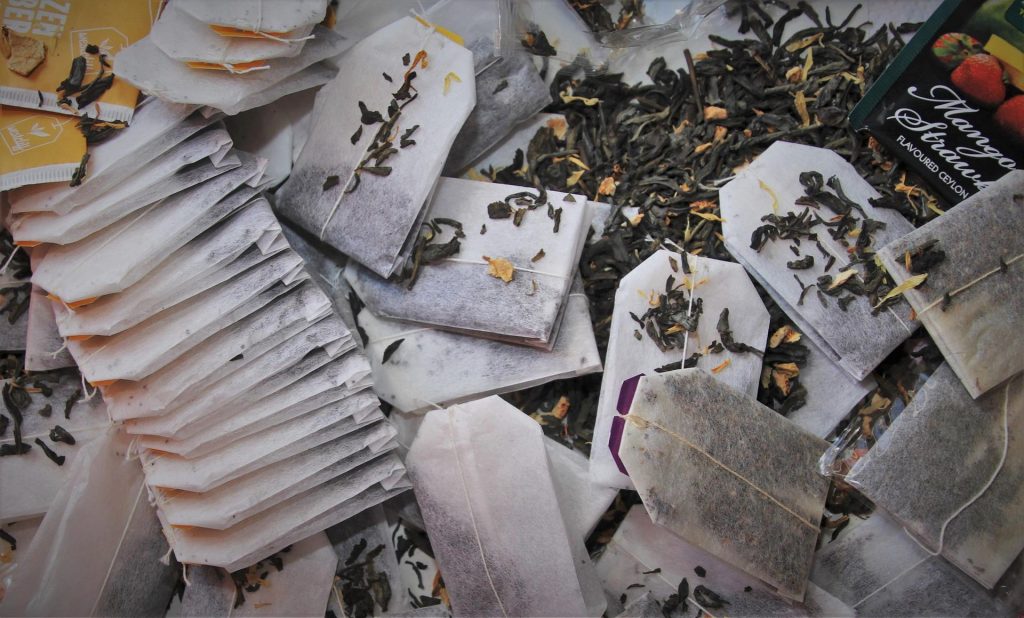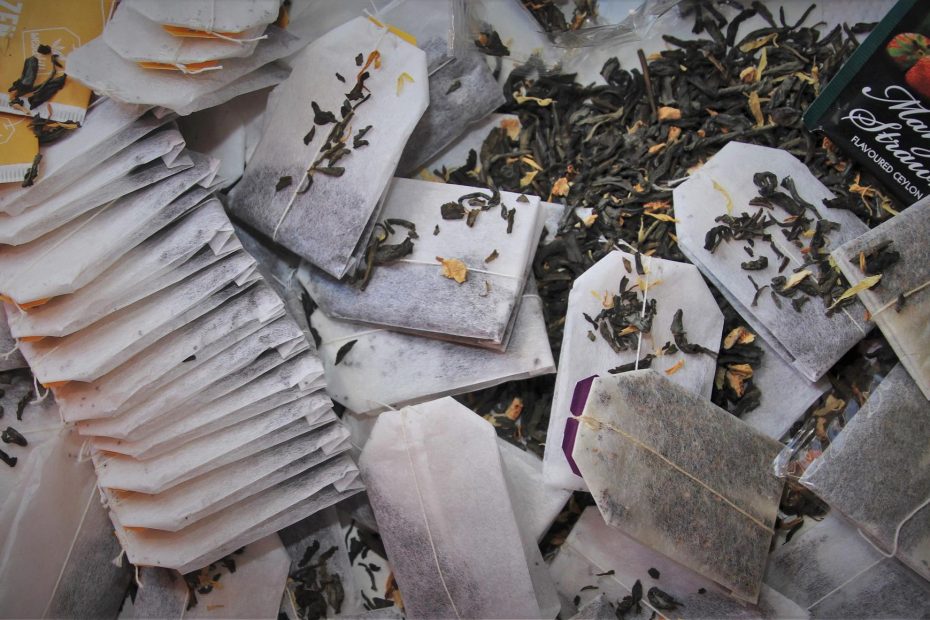
Ceylon tea is a specific type of black tea that comes from Sri Lanka. Sri Lanka was first known as Ceylon during colonization, and while the name for the place itself has changed over time, the name for the tea has stuck.
Ceylon tea is quite notable as it’s a type of black tea that’s often favored compared to other, similar tea. The flavor of the average cup can vary quite a little from cup to cup, based upon where the tea itself was grown, and the type of Ceylon tea that you’re drinking.
The history of Ceylon tea
The history of Ceylon tea is a fairly simple story, all in all. There is a long list of tales associated with the history of the tea plant in that region of the world, but they’re all related to British colonial rule in India.
At a basic level, the story starts in China. China is where the tea plant grew naturally, and it was cultivated and enjoyed by Chinese people for centuries. As the British empire grew, they found that they quite enjoyed the tea, which lead to them wanting to grow tea for themselves or, at the very least, find a way to grow and buy it cheaper than importing it from China.
This led to the British empire taking tea plants from China, and cultivating tea plantations in India. Over time, the entire country was used for growing tea, with some of the tea plants making their way to Sri Lanka or Ceylon, as it was known at the time.
Ceylon was originally known for growing both tea and coffee, but the coffee plants died off in the 1870s, due to the ‘coffee rust disease’. This left ample space for tea plants to grow, and the industry grew from there. For a long time, Ceylon was known as the world’s finest tea, and the leaves themselves are still sought after by tea lovers around the world – it’s the favorite brew of a number of people.
Types of Ceylon teas
There are seven main types of Ceylon tea, and they’re defined by where the tea plants themselves are grown on the island of Sri Lanka.
Nuwara Eliya
This region is at a particularly high elevation. This means that the tea produced has a delicate, floral fragrance, and a light flavor. This tea, coming from the center of the island, is very often served iced, thanks to its delicate flavor.
Uva
Uva is one of the most famous tea-growing regions on our list. Black tea is mostly produced here, though some white tea is produced, too. The region produces a wealth of great tea, which generally has a sweet flavor at its core, with quite a woodsy, bright aroma.
Dimbula
This region is the third, and final, of the three most well-known regions. It’s the furthest south of the top three on this list and sits among some beautiful mountain slopes. Because of the changing elevation, the terroir changes rapidly and a lot. It’s hard to put your finger on a tea from this region – they all taste quite different from one another.
Uda Pussellawa
Uda Pussellawa tea is very similar to Nuwara Eliya tea. The difference is that the Uda Pussellawa region has heavier rainfall, which leads to a slightly different cup of tea as an end result. The tea is generally a little darker – it has a pinkish coloration, and the flavor is quite strong.
Kandy
Kandy is a medium-elevation region, though the flavor of the teas do vary, still. The reason for this is that the monsoon winds in the region can vary from season to season, which means that the notes differ, too.
Generally speaking, the tea is full-bodied, malty, and slightly coppery in color.
Ruhana and Sabaragamuwa
These two regions are both quite low in elevation. This means that the tea grown there has a full flavor, leading to honey, chocolate, and caramel notes. These teas generally brew with a rich coloration, something quite orange and red.
What is the caffeine content of Ceylon tea?
Thanks to the fact that the plants vary so much depending upon the region that they sit in, the amount of caffeine in a cup can vary quite greatly, too. On the lowest end, the caffeine in a cup of Ceylon tea can be around fifty milligrams, while it can get up to eighty milligrams on the higher end.
To put this into perspective, an average cup of black tea has around 80mg of caffeine, while a cup of black coffee has around 100mg. This means that Ceylon tea is a little lower than average but still perfectly adequate for most people.
How to brew a great cup of Ceylon tea
Ceylon tea is generally brewed in much the same way that any black tea is brewed – at around 80˚C, for around three minutes.
It’s worth saying, though, that because there’s so much variety in different types of Ceylon tea, you might find that different levels of brewing are needed.
A darker type of Ceylon tea, such as tea from Ruhana, will likely need less overall extraction than a lighter type of Ceylon tea. The amount of extraction in a cup of tea is determined by heat and time – the hotter and longer you brew tea, the more extracted the flavor is. Therefore, when brewing a strong tea, we would recommend brewing a little cooler and/or for a little while less so that you can be sure your cup won’t be too intense.
You might find that lighter Ceylon teas, such as Nuwara Eliya, benefit from being cold-brewed overnight. This brewing method allows for only sweet, gentle flavor notes to be extracted from the tea itself, leading to a sweet, delicate brew.
The side benefit of cold brewing is that you don’t need to rapidly chill before serving it iced – this can, in itself, create bitter notes, which isn’t ideal.
Whichever type of Ceylon tea you settle on for your next brew, we hope you enjoy it! Happy brewing
